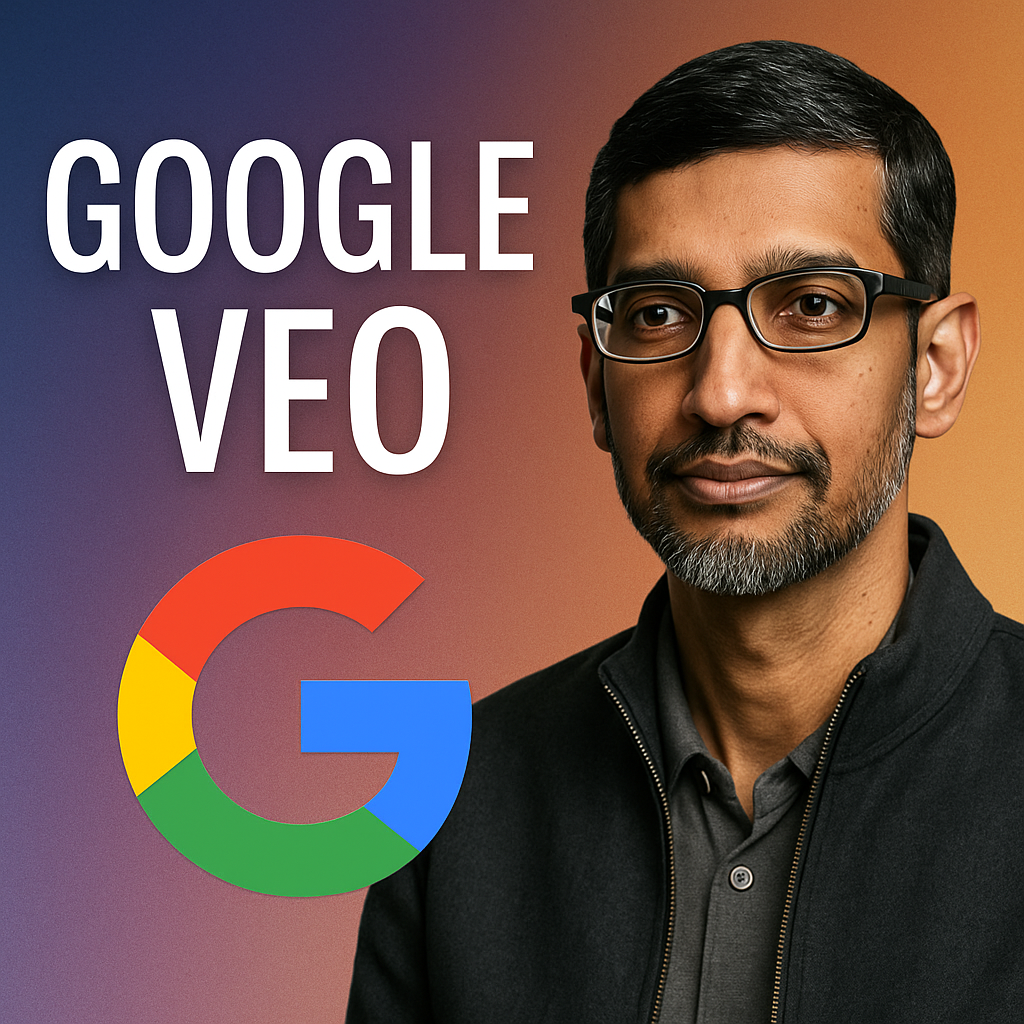
Google Veo: The Next Leap in AI-Generated Cinema
Imagine describing a scene — “a lone astronaut walks across the surface of Mars as a sandstorm looms in the distance” — and watching that exact video play out in front of you. That’s the promise of Google Veo, the tech giant’s latest AI model capable of generating ultra-high quality, realistic video from nothing but a prompt.
Unveiled at Google I/O 2025, Veo represents a dramatic step forward in generative media. Unlike previous tools that produced short, jittery clips, Veo delivers cinematic sequences with high fidelity, fluid motion, and consistent lighting — even when rendering complex subjects like humans, animals, or natural phenomena.
Google trained Veo on massive datasets of video and audio, teaching it not only how things look but how they move, react, and interact. The model incorporates temporal coherence, so frames don’t jump or glitch. And its ability to interpret creative prompts, metaphors, or stylized requests is surprisingly refined.
“Veo isn’t just about making video generation possible — it’s about making it beautiful, useful, and intuitive for creators of all kinds.”
— Eli Collins, VP of Product at Google DeepMind
Veo isn’t just a gimmick for tech demos. Google envisions it as a serious tool for filmmakers, educators, advertisers, and indie creators. Want to pitch a scene? Storyboard an idea? Produce marketing content without a camera crew? Veo gives you a director’s chair — and an AI film crew to match.
The model supports natural language prompts, camera movements (like “pan left slowly” or “overhead drone shot”), and even stylized genres like “stop-motion” or “cyberpunk noir.” It’s like having a virtual cinematographer at your fingertips.
The Road Ahead
While Veo is impressive, it also raises the usual concerns: Will deepfakes become easier? Will jobs in animation and VFX be replaced? Google claims it’s integrating watermarking and metadata tagging to ensure transparency. Still, the debate around ethical use, attribution, and regulation is just beginning.
There’s also a question of democratization. Will this tool be available to anyone, or kept behind API gates and NDAs for studios and developers? Google says a wider beta is coming later this year, but details remain fuzzy.
One thing is certain: Google Veo isn’t just chasing OpenAI’s Sora or Meta’s Make-A-Video — it’s aiming to define what generative video can be. If tools like ChatGPT made text conversational and Midjourney turned prompts into art, Veo is poised to do the same for video.
In the hands of millions, it could change how stories are told, how knowledge is shared, and how creativity manifests. Whether that’s exciting or unsettling depends on how ready we are for a future where anyone can create Hollywood-level visuals... using just their imagination.